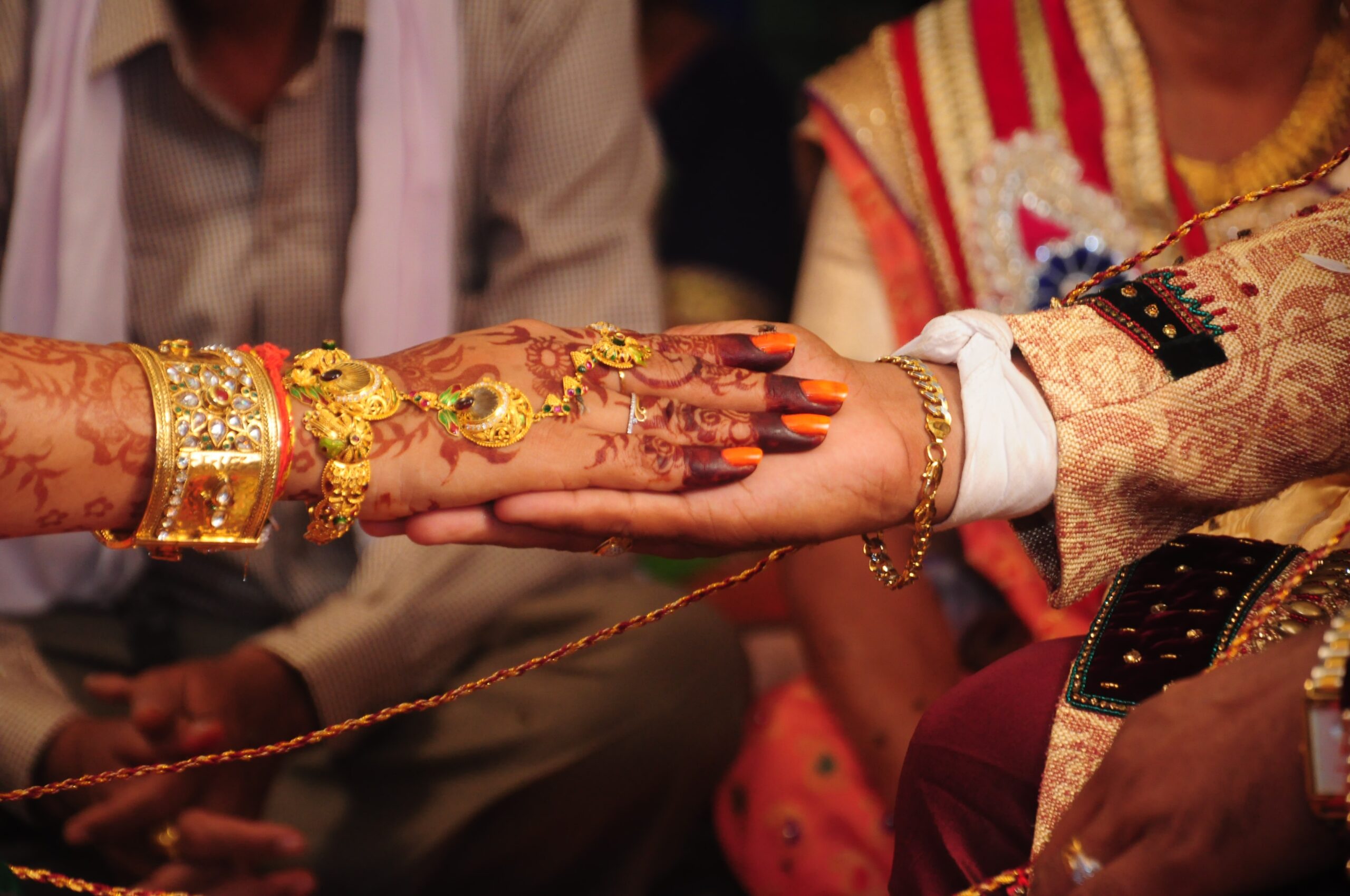“Do you have any knowledge regarding ‘types of Kammas?'” ask Kammas of this generation. Almost all of them will give you a blank stare. Some of them may be familiar with the terms “pedda kammas” and “chinna kammas.” However, the majority of them are unaware of how ‘pedda kammas’ differ from other sorts. This generation is unfamiliar with Kamma history, rituals, divisions, traditions, and ancestry. Except for a few, even the elderly are uninterested in sharing and passing on knowledge to future generations.
Kammas, who were primarily cultivators from the time their records were available, were divided into several sub-sects. This division was based on a variety of factors such as social customs, economic position, work habits, marriage rituals, traditions, way of life, and so on. Furthermore, the division differed by region. According to Kammas literature, there were 36 sub-sects in total. This article investigates the Kamma community’s sub-sects and the reasons for such segmentation. There was also no consistency in the geographical distribution of these sub-sects. A sub-sect may be dominant in one district, but it was not so in the adjacent district. Allow us to comprehend each sub-section within the constraints of the information available. Each sect would be presented in purview of its history, rituals, and social traditions in the later articles.
Watch more videos on Kamma community from famous personalities all over the world.
Segmentation based on ‘economic status’
Zamindari Kammas: The word ‘Zamindar’ picked up from Persian language literally means land-owner, who owns vast tracts of land and huge control over farming community in their territories. Some of the Zamindari clans in Kammas include Dommeru Zamindars and Annavarapupet Zamindars from West Godavari district; Yarlagadda Clan of Challapalli and Vasireddy clan of Mukthyala from Krishna district; Balusu clan of Kapileswarapuram; Vasireddy clan of Chintapalli/Amaravati; Manne clan of Kodamanchili; Bollineni/Bollini clan of Melkalathuru, Pemmasani Clans of Naickerpatti and Kurivikulam Estates, Ravella clan of Ilavarasanandanal Estate in Tamilnadu.
Pedda Kammas: Following Zamindari Kammas in the hierarchy are Pedda Kammas. Though not economically equivalent to Zamindaris, they follow to the same social traditions and rituals as Zamindari Kammas. Pedda Kammas used to limit marriages among themselves, and they lacked the ceremony for sharing partnerships with Chinna Kammas. Nonetheless, such a difference does not exist today. Pedda Kammas used to worship swords till the British arrived in India. The majority of Pedda Kammas are from Gandikota and have migrated to Tamilnadu. According to statistics, there are between 7 and 8 lakh Pedda Kammas in Tamilnadu now.
Chinna Kammas: Kammas who lived as peasants and cultivators, either owning little patches of land or farming other people’s property after leasing it. In terms of wealth and economic standing, this area of Kammas was not very comfortable. The majority of the families were either middle-class or lower-middle-class. However, as time passed, this sub-sect became more focused on education, allowing their offspring to carve out better careers in both employment and entrepreneurship.
In the following essay, we will look at the sub-sects of Kammas that are based on lifestyle and social traditions.
Right partner makes the life’s journey a fulfilling experience. Choose from the selected grooms from Subhamastu – Kamma Marriage bureau




